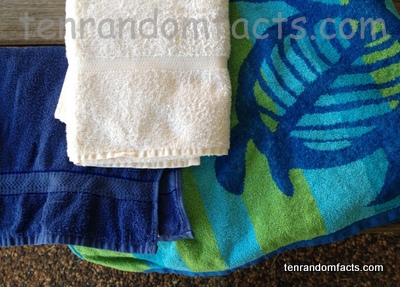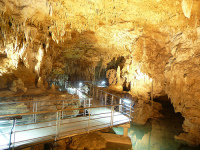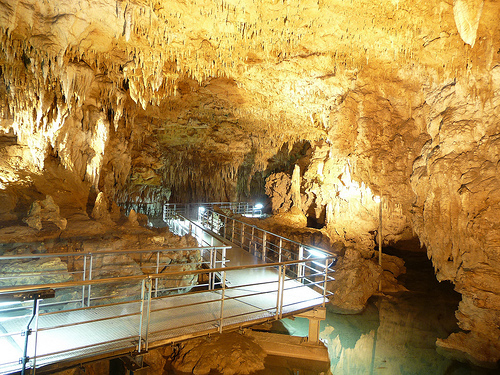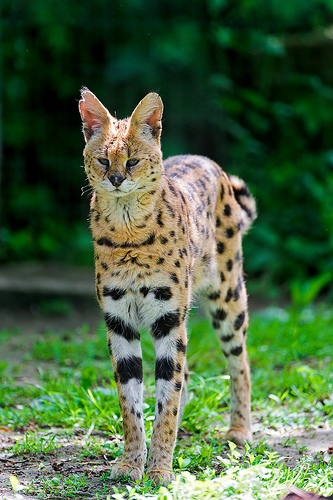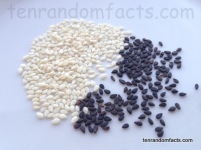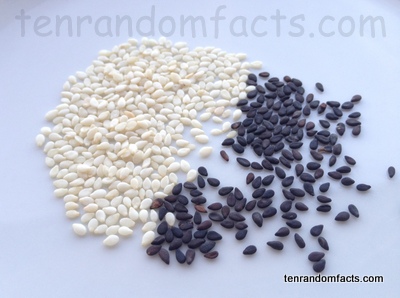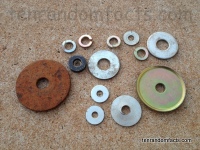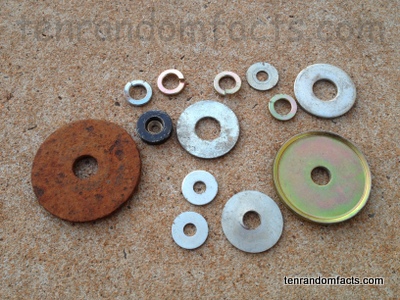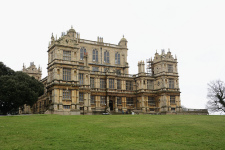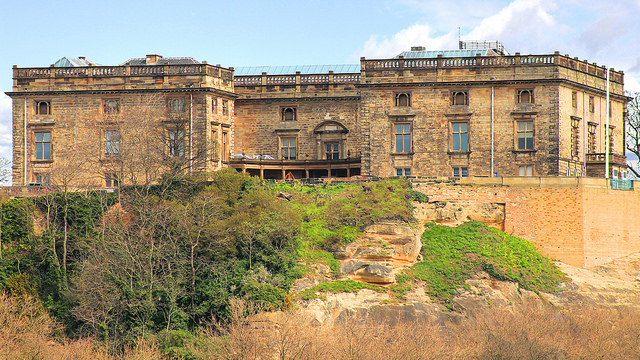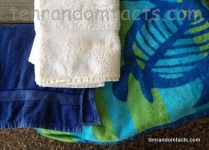
As author Douglas Adams said, towels are the one of the most useful items.
- Towels are a textile item commonly used to remove and collect moisture, often water, from an object.
- Towels are generally used by being placed on an object, and are typically pressed and rubbed for maximum effect.
- Towels are most often made of absorbent material like cotton, bamboo, paper, synthetic fibres or other textiles, and the fabric often has a looped pile and is known as ‘terry cloth’.
- The size of towels generally range between 30 x 61 centimetres to 76 x 152 centimetres (12 x 24 inches to 30 x 60 inches), although smaller and larger ones are available, and they are usually rectangular in shape.
- Towels are commonly used after showering or bathing to dry oneself or one’s hands, and they can also be used for, but are not limited to, drying dishes and kitchen items, by sports enthusiasts to remove perspiration, at the beach to lay on, or for decorative purposes.
- Towels are often dyed a single colour, although imagery or patterns can be imprinted or woven in, and other decorative features can also be included.
- Until the availability of mass production machinery in the 1800s, towels were uncommon, due to being time-consuming to make, and as a result, expensive.
- Towels are generally made by machines that spin, warp, weave, bleach and dye the material, as well as package the product.
- It is said that towels were invented in Turkey, in the Middle East, and they were originally light and sheet-like.
- Annually, on the 25th of May, National Towel Day is observed in some countries.
Bibliography:
Bath Towels, 2014, Make How, http://www.madehow.com/Volume-4/Bath-Towel.html
Rodd R, A Brief History of Towels, 2013, Lidtime.com, http://www.lidtime.com/a-brief-history-of-towels/
Towel, 2014, Wikipedia, http://en.wikipedia.org/wiki/Towel




